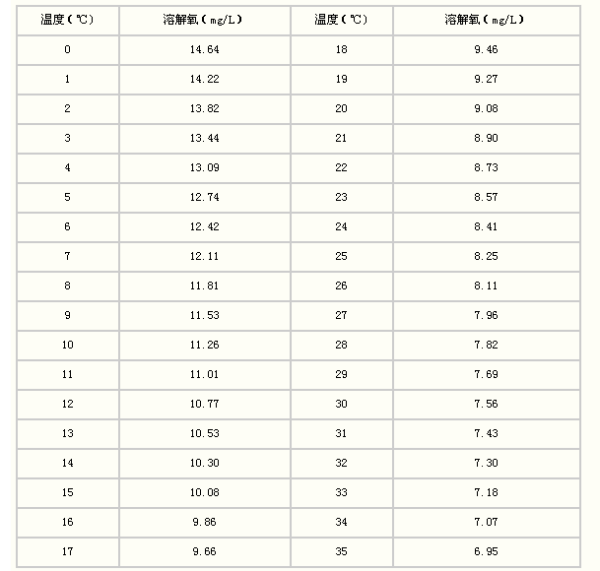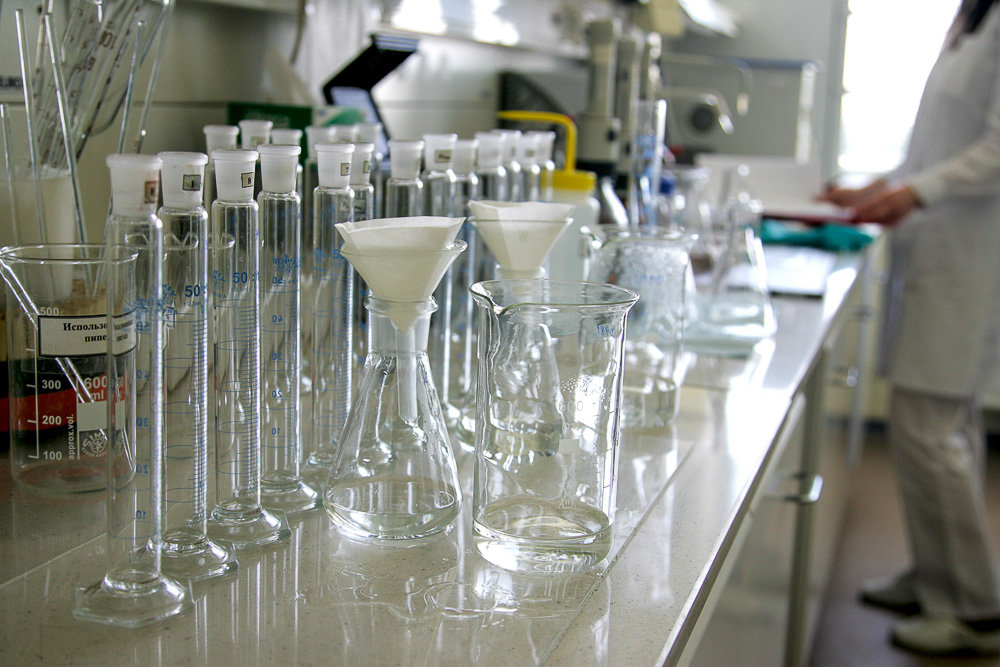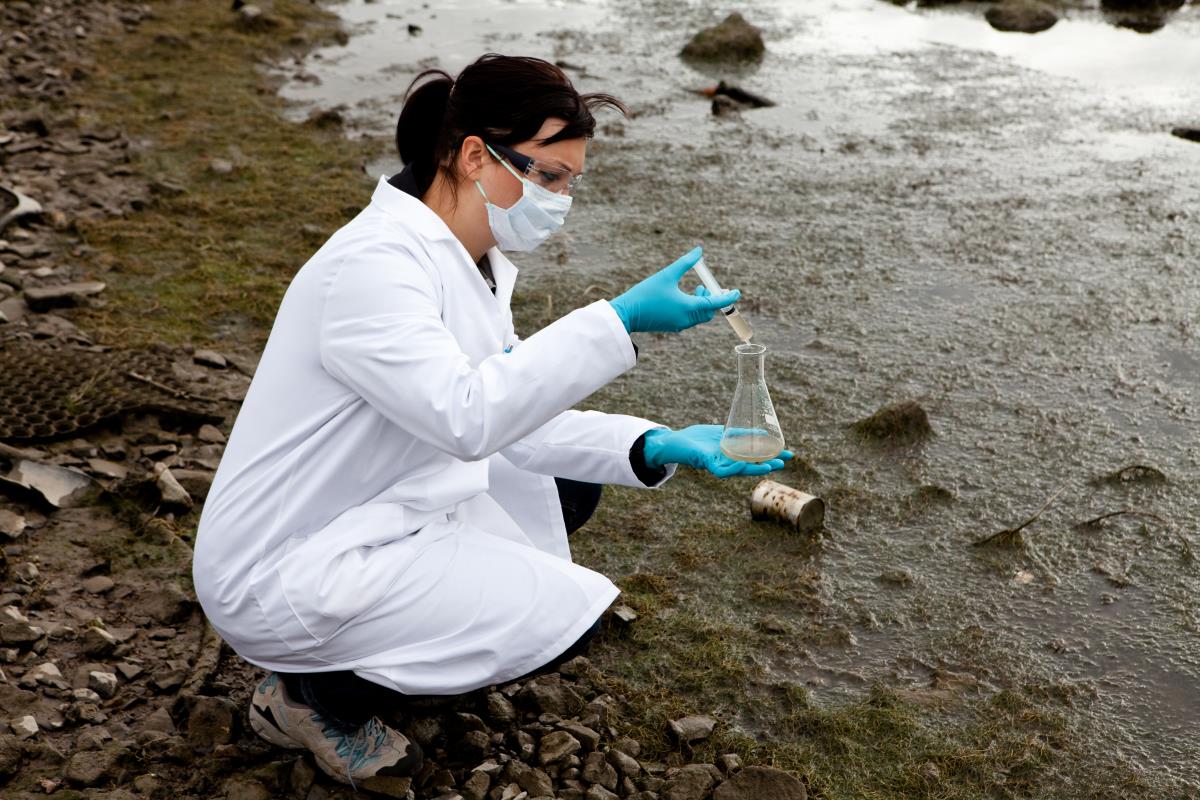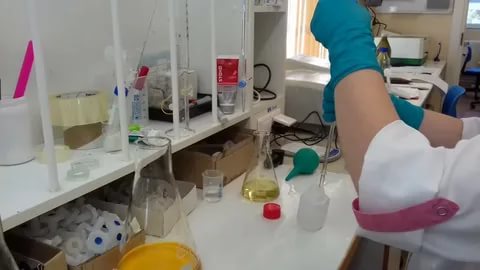Dissolved oxygen is one of the important factors for water purification. High dissolved oxygen is beneficial to the degradation of various pollutants in the water body, so that the water body can be purified faster, while the degradation of various pollutants in water with low dissolved oxygen content will be slow , Causing the water to become black and smelly, so the detection of dissolved oxygen can timely understand the self-purification effect of the water.
There are many methods for detecting dissolved oxygen, such as membrane electrode method, on-site rapid instrument detection and iodometry. Among them, the iodometric method is widely used because of its simple operation and low cost. Today, what I'm talking about is the iodometric method for detecting dissolved oxygen in water.

Instruments and reagents needed for iodometric detection of dissolved oxygen in water
Iodometry requires 250~300ml dissolved oxygen bottles, 25~50ml acid burettes, measuring cylinders, stirrers and siphons, 250ml conical flasks, pipettes and other instruments.Reagent
(1) Manganese sulfate solution: Weigh 480 g AnSO·4H2O or 364 g AnSO,·H2O dissolved in water and diluted to 100ml. This solution is added to the acidified potassium iodide solution, and it will not produce blue color when encountering starch.(2) Alkaline potassium iodide solution: Weigh 500g of sodium hydroxide and dissolve it in 300~400m of water, and cool; also weigh 150g of potassium iodide and dissolve in 200ml of water; mix the two solutions evenly and dilute to 1000ml. If there is precipitation, place it After overnight, pour out the supernatant, store it in a brown bottle, stopper with a rubber stopper, and store in the dark. After this solution is acidified, it should not be blue when it encounters starch.
(3) (1+5) Sulfuric acid solution.
(4) 1% starch solution: Weigh 1g of soluble starch, use a small amount of water to make a paste, and then add 100ml of water that has just been boiled (it can also be heated for 1~2min). After cooling, add 0.1g salicylic acid or 0.4 zinc chloride for corrosion protection.
(5) Potassium dichromate standard solution C(1/6K2Cr2Oh)=0.0250mol/L: Weigh 1.2258g of premium grade pure potassium dichromate dried at 105~110℃ for 2h, and transfer it to a 1000ml volumetric flask after dissolution , Dilute with water to the mark and shake well.
(6) Sodium thiosulfate solution: Weigh 3.2g Na2S2O3 5H2O, dissolve it in boiling and cooled water, add 0.2g anhydrous sodium carbonate, dilute to 1000ml, store in a brown reagent bottle, use 0.0250mol/L before use Calibration of potassium dichromate standard solution. The calibration method is as follows:
Add 1ml of distilled water, 1g of potassium iodide, 10.00ml of 0.0250mol/L potassium dichromate solution and 5ml (1+5) sulfuric acid in a 250ml iodine measuring flask, tightly stopper, shake well and place in a dark place for 5 minutes, then use the to-be-calibrated Titrate the sodium thiosulfate solution to light yellow, add 1.0 mL of 1% starch solution, continue the titration until the blue color just fades, and record the dosage. Make 3 copies in parallel and take the average.

Dissolved oxygen water sample collection
(1) Use a dissolved oxygen bottle to take river water, pond water, lake water or sea water 20-50cm below the surface of the water. Be careful not to aerate the water sample or have bubbles remaining in the sampling bottle. After flushing the dissolved oxygen bottle with water sample, pour the water sample directly along the wall of the bottle or insert a thin tube into the bottom of the dissolved oxygen bottle by siphoning. After injecting the water sample, the volume of the overflow bottle is 1/3~1/2. Cover slowly without leaving bubbles.(2) Remove the cap on the river bank, use a pipette to suck 1ml of manganese sulfate solution and 2ml of alkaline potassium iodide solution into the liquid surface of the bottle, and slowly release the solution into the dissolved oxygen bottle. Close the cork tightly, and shake the bottle upside down to make it shake well. At this time, the oxygen in the water sample is fixed to form a brown precipitate of manganese manganate (MnMno3). Bring the water sample with fixed dissolved oxygen back to the laboratory for later use. Record the water temperature and atmospheric pressure at the same time.

Dissolved oxygen water sample determination
1. Fixation of dissolved oxygen
Fill the dissolved oxygen bottle with the water sample to be tested, insert a pipette below the liquid surface, and add 1ml of manganese sulfate solution and 2ml of alkaline potassium iodide solution into the bottle. Cover the bottle stopper, mix upside down several times, let it stand, and when the brown floc has dropped to half of the bottle, mix upside down again. Usually fixed at the sampling site.2. Iodine precipitation
Gently open the bottle stopper, immediately insert 2.0ml concentrated sulfuric acid under the liquid surface with a pipette, carefully cover the bottle stopper, mix upside down and shake well until the precipitate is completely dissolved, then leave it in the dark for 5mnm.Draw 100ml of the above solution in a 250ml Erlenmeyer flask, titrate with sodium thiosulfate solution until the solution is light yellow, add 1ml starch solution, continue titration until the blue color just fades, record the amount of sodium thiosulfate solution. Then process the relevant data to get the value of dissolved oxygen.




